The 2025 Queer Liberation March banner leads the way.
Donna Aceto
The Queer Liberation March, a protest march organized annually by the Reclaim Pride Coalition, returned to the streets of Manhattan on June 29 for the seventh time.
“I’m hopeful that people are going to be angry enough to turn out,” Reclaim Pride Coalition co-founder Jay W. Walker said in a pre-march interview with Gay City News at the NYC AIDS Memorial Park in St. Vincent’s Triangle.
Since 2019, the Queer Liberation March has called upon the spirit of the Stonewall Riots to reclaim Pride as a space without cops or corporate sponsorships. The first official march in 2019 commemorated the 50th anniversary of the 1969 Stonewall Uprising, and the Queer Liberation March route is modeled after the 1970 Christopher Street Liberation Day March route uptown from the Stonewall Inn to Central Park at Columbus Circle, which Reclaim Pride Coalition chooses to reclaim as Lenape Circle.
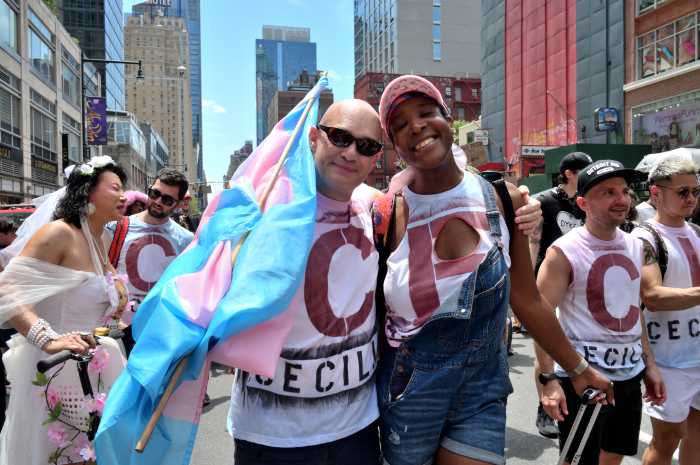
Walker said that last year, people were in a “more complacent place” leading up to the 2024 US presidential election, but the majority of Americans have seen their rights jeopardized in some way since January.
“All these people that are threatened — we are one. We’re the community of humankind,” Walker said. “Donald Trump and the Republican Party are the outliers. We are representing the widest swath of humankind. And the world hopefully will see that not all Americans and that most Americans are not buying into that garbage.”
Another Reclaim Pride Coalition organizer, Janis Stacy, echoed that sentiment.
“We’re all under attack, they’re just coming after Trans people and immigrants first,” they said. Stacy, who is of Dakota and Cherokee descent, led the gathered crowd in a land acknowledgment before the march began. First they welcomed attendees — who were overflowing the park at this point — in Lenape, then in their own language.
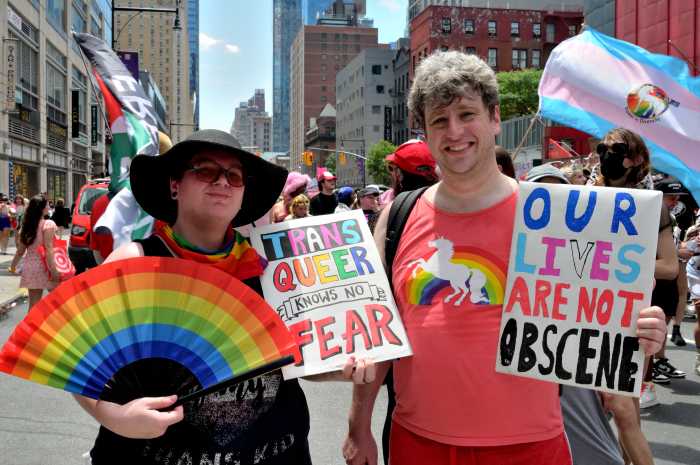
“We have a long history in the United States, a history with both Two-Spirit people and cis gendered people living together in harmony,” Stacy said, using a modern native term that describes individuals with both masculine and feminine spirits. “We’re still here, and what’s standing in front of us today isn’t new.”
Sunday’s march was imbued with a special sense of momentum following mayoral candidate Zohran Mamdani’s Democratic primary win, which many New Yorkers see as a chance to overhaul a political system which has historically restricted access to essential services like affordable housing and healthcare for minority communities.
“Mamdani’s win is really a show of the working class wanting something different,” said Nga Bui, a member of the Freedom Socialist Party, in the Triangle before the march.
Walker noted this sentiment as well, expressing that Mamdani’s win was another factor contributing to this year’s turnout.
“We are hopeful on an electoral level to a greater extent than we have been since last November,” he said. “Certainly since January.”
The march set off from St. Vincent’s Triangle along Greenwich Avenue before joining Eighth Avenue and continuing about 2.5 miles north to Columbus, or Lenape, Circle. Several blocks long, the protest column relied on volunteer marshals to keep the streets clear as the crowd marched up one of the city’s most congested corridors.
“Who keeps us safe?” Walker called out from the megaphone.
“WE KEEP US SAFE!” the marchers responded.
“Wake up, wake up, this is your fight too,” another chant began. “When they’re done with us, they’re coming for you.”
The column went on for so long that several different drumlines stationed throughout the crowd, including the Rude Mechanical Orchestra, could be heard clearly without interference from each other.
“I’m thinking this is going to be a much larger march than we’re used to seeing,” Stacy said. “Probably the largest one we’ve ever seen, is my guess.”
“Or at least it should be.”
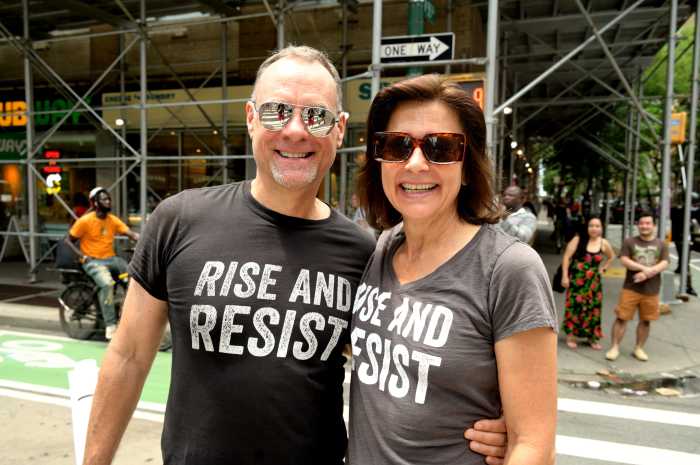

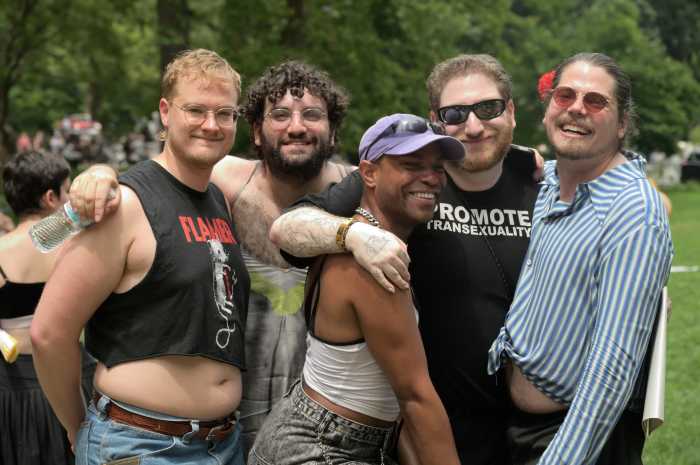
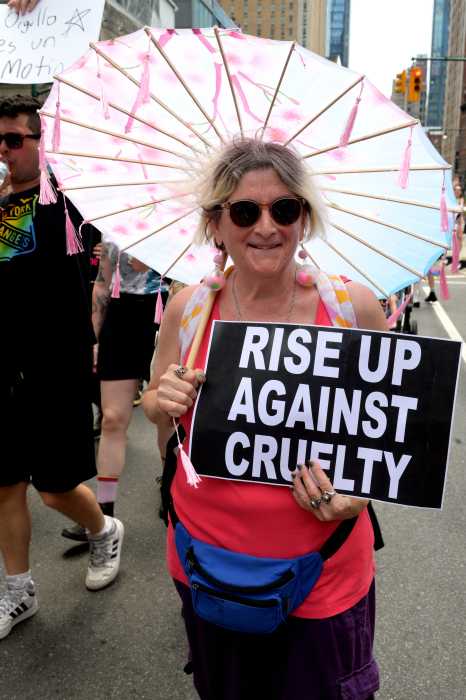
→ Continue reading at amNY
